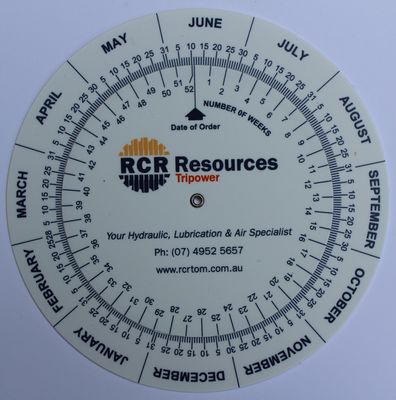
There are two widgets: Cycle Time and Lead Time. If you haven't yet added the widget to your dashboard, do that now.Define the columns and swimlanes that support your workflow processes. (Optional) If you haven't yet configured your team's Kanban board, do that now.To re-enable it, see Turn an Azure DevOps service on or off. If disabled, none of the work tracking Analytics widgets will display. Default settings provide all team members with permissions. You must have Basic access or greater, have dashboard permissions, or be a team admin or project admin. To add a widget to a team dashboard, you need to be a member of the team.You must be an account owner or a member of the Project Collection Administrators group to add extensions or enable the service. If you haven't been added as a project member, get added now.If you don't have a project yet, create one. The lower the lead and cycle times, the faster the throughput your team has.

These measures help teams plan, spot variations in efficiency, and identify potential process issues. To understand how workflow states map to state categories, see How workflow states and state categories are used in Backlogs and Boards. Cycle time is calculated from first entering an In Progress or Resolved state category to entering a Completed state category. Lead time is calculated from work item creation to entering a completed state. The following diagram illustrates how lead time differs from cycle time. Cycle time measures the time it takes for your team to complete work items once they begin actively working on them. Lead time measures the total time elapsed from the creation of work items to their completion. They both indicate how long it takes for work to flow through their development pipeline. Total lead time 2+5+3 = 10 days to design and ship a product to a customer.Azure DevOps Services | Azure DevOps Server 2022 - Azure DevOps Server 2019īoth lead time and cycle time widgets are useful to teams. Shipping time - this would be from the day you deliver it to the courier to when the customer receives the product: 3 days Manufacturing time - would be to design the product and then print and cut the approved design: 5 days For example, the design details and assigning the task to a team member: 2 days. Procurement time - this would be the time from when the order was placed to get all the necessary details from the customer. Total lead time 1 + 14 = 15 days to produce a report from request date to delivery.įor a manufacturing and e-commerce example, let's look at an online printing company.įor the last example, we will consider all three aspects of lead time. Manufacturing time could be linked to the time it takes to undertake the data entry and calculations to produce the report, which could be 14 days. Procurement time relates to the time it takes to assign team members to specific roles and set deadlines, which could be one day. Since there will be no physical product to ship, shipping time does not factor in. In this example, you will consider procurement time and manufacturing time. The total lead time will be only four days since no shipping or manufacturing time is involved.įor a service and project management example, let’s look at an accounting practice team creating and delivering a report.

Also, customers will visit your shop and purchase directly from the shelf. The only aspect to consider in this example is procurement time since you, as the shop owner, will not be part of manufacturing the products. įor retail, let's take a look at a shop that sells basic apples at the local market.
#Lead time calc manual
To save time and avoid doing manual calculations you can use our lead time calculator. A few examples of calculating lead time are as follows.


 0 kommentar(er)
0 kommentar(er)
